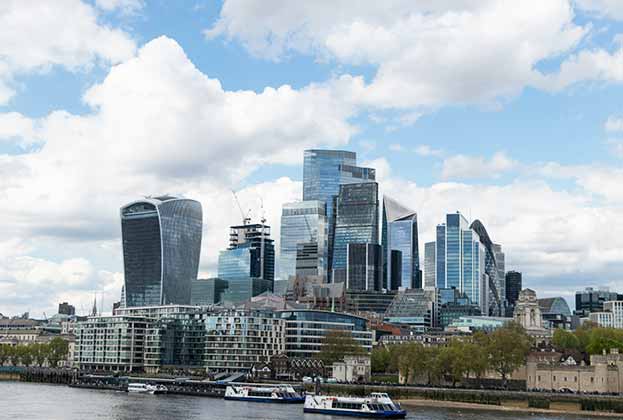The Glasgow city region counts for almost half (46 per cent) of all new jobs created in Scotland today. It’s as much a tech city – in the top three UK tech cities outside London – as it was a shipbuilding centre in the early 20th century. In the last 12 months almost 6,000 graduates* moved into tech jobs in the city, almost a quarter (23 per cent) of the graduates which go into employment, while fundraising by companies that have spun-out of Glasgow universities increased by over 300 per cent in 2021 on the previous year.
What the numbers tell us is that we in Glasgow are doing well at developing talent. We’re also doing OK at supporting start-ups – our universities are playing a unique role by financing and managing incubator space at the likes of Glasgow City Innovation District (GCID). Now is the moment for the city to really harness this talent and growth. The property sector plays a crucial part in this.
Beyond providing incubator space, we need to consider whether the standing stock in our city centre provides ample relevant commercial space to keep businesses in Glasgow and attract new occupiers. Equally important is whether we are able to house talent, encouraging it to remain in Glasgow, and enabling global occupiers with re-location mandates to give Glasgow serious consideration. And we need to ask, how and where will this talent and the people who make the city special want to spend their time, whether shopping and eating out, culture and music, or taking exercise and watching live sport?
Repurposing older buildings will play a key component in improving neighbourhoods to live and work, breathing new life into Glasgow city centre. The re-development of Buchanan Galleries has the potential to re-invigorate the city centre, connecting the area with its surroundings and creating a new and exciting retail, leisure and cultural destination with new routes and public spaces.
Office and residential uses at upper levels will create the vitality and viability to help refocus the role of the city centre. The restoration of Glasgow’s Met Tower, a 14-storey Grade B listed building in the heart of the city centre, will create a new hub for established and emerging tech and digital businesses. Meanwhile development around Merchant City, including the re-development of St Enoch shopping centre, currently planned to deliver over 1,700 homes alongside new office space, and 100 low carbon homes planned on a former car park site on Ingram Street, will give a much needed boost to the city centre’s residential offering.
The Central Belt region contains over 100,000 businesses – nearly 60 per cent of the total active firms in Scotland – which together account for a combined gross value added of nearly £100 billion, the largest of any region in the UK outside London.
But Glasgow is more than just an important economic centre. In 2019, it was ranked the UK’s top cultural and creative city by the European Commission, and hosting COP26, the 2014 Commonwealth Games and the 2018 European Championships have all crystalised Glasgow’s position on the global stage. Now the property industry, through public and private partnerships, needs to harness the city’s potential.
*Source: Savills Research using HESA
Further information
Contact David Cobban or Alasdair Wood





.jpg)

.jpg)


